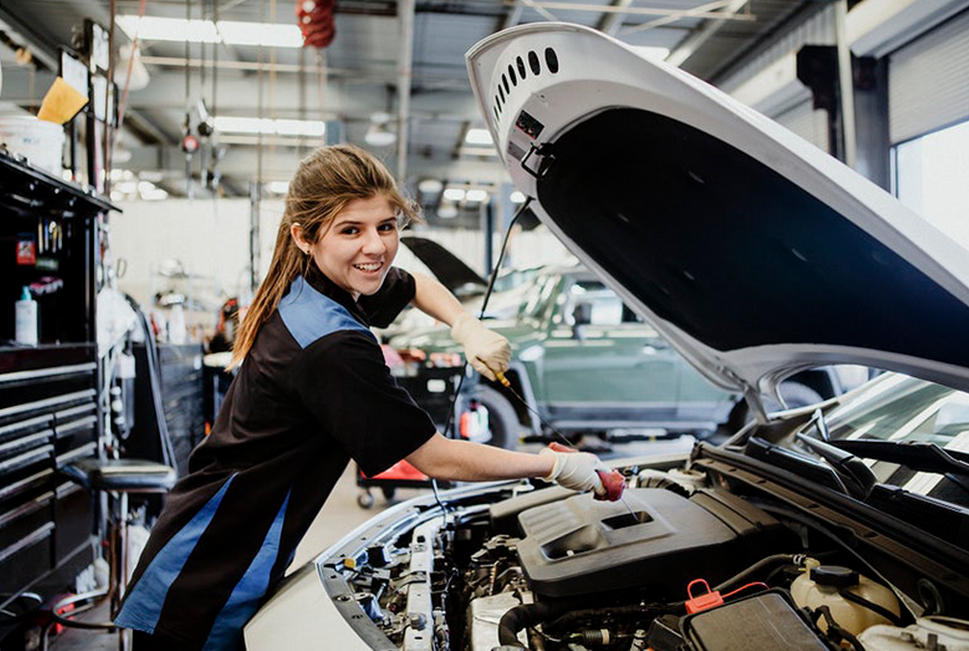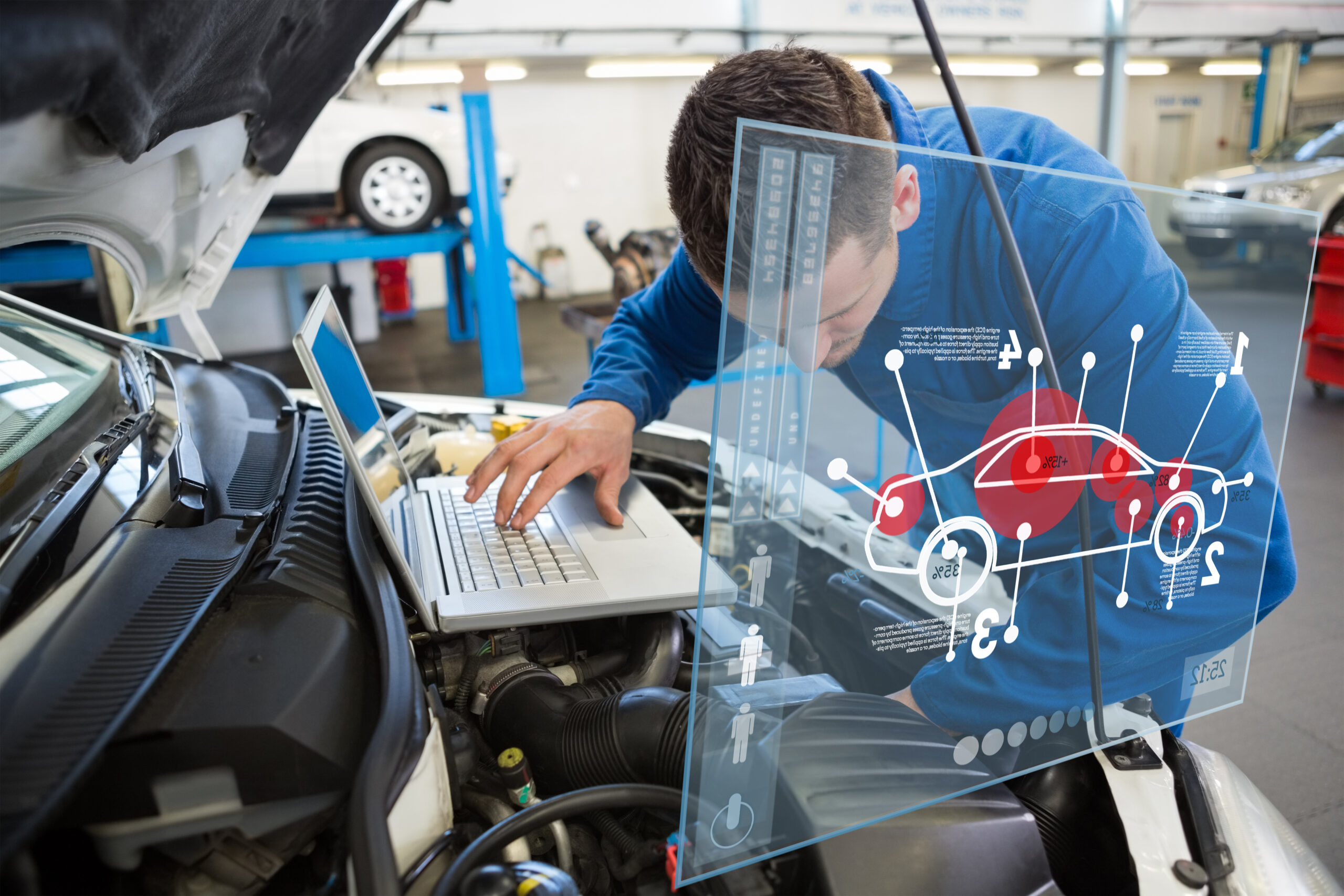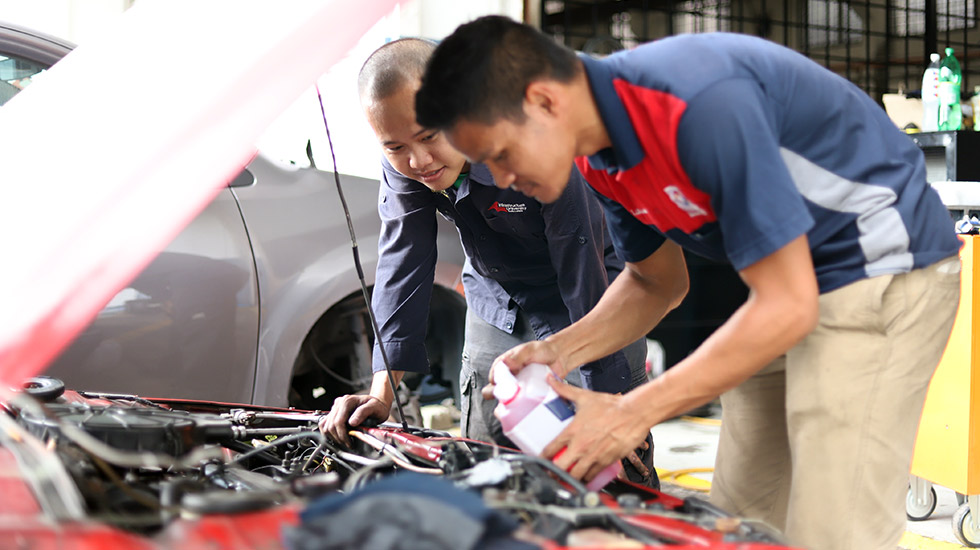Fuel Economy – Why Some Vehicles Are Better and How You Can Improve Your Own

What makes the Honda Civic and the Toyota Corolla so good with fuel economy? A comparison showed that not all compact cars are able to get the same fuel economy, no matter what they may advertise. I will tell you that out of this highly competitive category the similarities are more abundant than the differences.
Most of these vehicles come equipped with a four cylinder engine as their chosen powerplant, whether they be as small as 1.5 liter or as large as a 2.7 liter. The weight ratings for the majority of compact vehicles do not exceed 1400 kg and they come in both manual or automatic transmissions.
The most obvious answers to gain the most bang for your buck when it comes to fuel economy would be to have the smallest engine pushing the least amount of weight. The manual transmission or having more gears, such as a six speed automatic or manual, has historically been the choice for fuel misers, but axle ratio on manual’s is often stronger so the initial launch of a vehicle is smoother. If this is the case, the engine’s RPM’s will be higher at higher speeds.
Unless the gearing is the same, an automatic will normally give better overall fuel economy. Between advances in transmissions and engine technology, common knowledge based solely on historical evidence has been pushed aside. As an example, even a manual transmission equipped Volkswagon Golf’s 2.0 liter engine has only two valves per cylinder instead of the four that are available in a majority of the other compacts, which substantially hinders the Golf’s fuel miser ability when compared to others in this category.
The power to weight ratio is also having a strong amount of influence on fuel economy. The Toyota Corolla being a substantially larger vehicle and weighing in at 1245kg / 2745 lbs with it’s 132hp 1.8 liter engine can achieve the same highway fuel economy (5.7 liter per 100km) as its sister Toyota Yaris weighing in at 1064kg / 2345lbs and having a 1.5 liter 106hp engine.
The most common variables when it comes to fuel economy are resistance, computer programming and of course driver habits. For the resistance factor, the everyday consumer won’t be able to tell how much better one vehicle slips through the air and how much drag is created. Researching through the engineering experts is the only true way to find out what the coefficient of drag is.
Therefore the most common reasons that we as consumers and drivers can control when it comes to variances in fuel economy are driving styles and vehicle software programming. A heavy foot on the accelerator can easily take you from 5.7 liters per 100kms to 7.2 liters per 100kms, or in everyday terms an extra $324.00 a year if you drive 24000kms and fuel maintains its current price of $0.90 per liter. Also, driving at a speed of 120 kms per hour burns an average of 20% more fuel than a vehicle traveling at 100 kms per hour.
A software update can also have a strong amount of influence on fuel economy. Vehicles can be programmed for either combination of economy and/or performance. Many manufacturers vehicles can have their original programming changed to suit your needs.
Why are the Honda Civic and Toyota Corolla so good with fuel economy? A near perfect blend of all of these engineering variables, is the simplest answer. Changing even some of your driving habits to those of the “hyper-milers” will not only save you some visits to the service stations but could save you a substantial amount of money every year.






